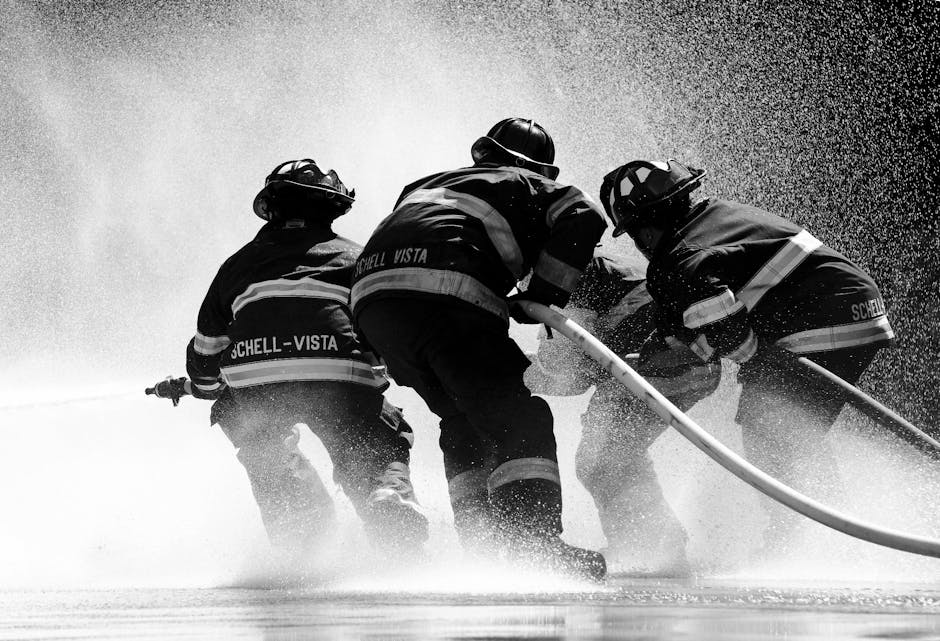A Nation Illuminated: Diwali Lights Up India
As the sun set on November 12, millions of homes across India glowed with the warm light of diyas, turning the night into a dazzling spectacle. Diwali, the festival of lights, was celebrated with unmatched enthusiasm, blending timeless traditions with modern festivities. From Delhi’s bustling markets to Varanasi’s serene ghats, India shone with joy—though the familiar post-celebration haze soon followed.
Rituals and Revelry
Diwali, symbolizing light’s victory over darkness, brought families together in a harmony of rituals. Homes were decorated with marigold garlands, intricate rangoli patterns, and twinkling fairy lights. Temples overflowed with devotees praying to Goddess Lakshmi, while hymns and firecrackers filled the air.
In Delhi’s Chandni Chowk, last-minute shoppers flooded narrow lanes, buying sweets, dry fruits, and decorations. “This is our busiest season,” said Ramesh Gupta, a shopkeeper, handing a box of ladoos to a customer. In Mumbai, skyscrapers sparkled like constellations as residents competed for the most dazzling balcony displays.
Laughter and Togetherness: The Heart of Diwali
Beyond the lights, Diwali was a time for bonding and joy. Families reunited for feasts featuring gulab jamun, samosas, and homemade barfi. Kolkata’s Kali Puja added a unique touch, with towering pandals and midnight aartis.
For many, the festival was a chance to reconnect. “All my cousins come home for Diwali,” said Priya Sharma, a Bangalore student. “We play cards, share stories, and cherish the time together.” The spirit of giving thrived, with sweets and gifts exchanged among neighbors, helpers, and security staff.
The Lingering Haze: Diwali’s Environmental Impact
The morning after Diwali brought a recurring challenge: thick smog. Cities like Delhi, Mumbai, and Chennai faced hazardous air quality, with AQI levels surpassing 400 in some areas—landing in the “severe” category. Despite calls for eco-friendly celebrations, fireworks worsened pollution.
“Tradition and sustainability must coexist,” urged Dr. Ananya Roy, a climate activist. “Green crackers help, but awareness and enforcement are crucial.” Some citizens opted for laser shows and community diya lighting instead of firecrackers.
A Festival of Resilience and Renewal
For many, this Diwali marked a return to normalcy after pandemic restrictions. Small businesses, hit hard by lockdowns, saw a sales surge. “This Diwali brought hope,” shared Meena Patel, a saree shop owner in Ahmedabad. “People are spending freely again.”
In Punjab and Haryana, farmers celebrated amid protests, lighting diyas on tractor trolleys as symbols of resilience. Tamil Nadu’s Karthigai Deepam added cultural depth to the festivities.
The Way Forward: Balancing Joy and Responsibility
As diyas fade and sweets are stored away, Diwali leaves memories of joy—and a call to action. The festival’s spirit lies not just in lights but in preserving its essence for future generations.
India now basks in Diwali’s afterglow, where lamps brightened homes, laughter warmed hearts, and the haze couldn’t overshadow the nation’s radiant spirit.
— By [Your Name], NextMinuteNews




